Travels With an Epicurean Zombie
Burning sugar cane, NSW Australia — or is that the work of zombies? © A. Harrison
The zombie apocalypse is upon us. There is no point denying it. Just because we’re all about to rise from the dead, however, is no excuse not to enjoy some epicurean delights whilst fleeing around the globe.
Yamba, Australia
Brains have long been the Holy Grail of the zombie repertoire. Indeed, eating brains seems to be their raison d’être. Although rarely featured on the menu of a local pub or restaurant, they have long been considered a delicacy. In Moby Dick, for example, Hermann Melville lovingly describes the preparation of those two white globes comprising the brain of a smaller sperm whale.
During the winter months, when the humpback whales fill the oceans with their song, they migrate past the small fishing village of Yamba. Nestled in northern New South Wales where the mighty Clarence reaches the sea, Yamba supplies much of the seafood for the eastern coast of Australia. With a Dark and Stormy in hand, I often stand on the balcony of the Pacific Hotel and watched the trawlers head out to sea at sunset, their lights dipping amongst the waves; next morning, as I walk along an empty beach I see them return, dolphins playing in their wake.
In a nearby side street the tables of Beechwood Café spill onto the pavement. The chef comes from Turkey, and the influence of that country runs through her food. Beyin Salatasi is a Turkish brain salad; gently poached brains served warm on a salad of tomato and red onion, with a dash of lemon juice, sumac, fresh mint and olive oil. It is best with a glass of rose, followed by an afternoon nap. Then, as dusk falls, stroll up to the golf club to watch the kangaroos graze on the links.
A Gondola Repair Shop, Venice
Venice is defined by the sea. Indeed, it’s rumoured her gondoliers are born with webbed feet, the better to help them walk on water. Walking along the Zattere, that famous Venetian promenade which overlooks the lagoon towards the Giudecca, I paused outside the Santa Maria della Visitazione. Ships of all kinds plied the lagoon; gondolas, vegetable barges, garbage collectors, even an ambulance.
Above me, the church bell rang the hour, slowly echoed by other bells across the city. In Venice, as in the rest of Italy, time is an individual affair. Outside the church remains a bocca di leone, a letterbox where anonymous denunciations were once made to The Great Council.
As the tang of the sea filled the air and the call of gulls fell from the sky, I turned from the lagoon and walked along to the Rio San Trovaso. This part of Venice is a maze of alleyways and pretty piazzas, crisscrossed by quiet canals. When Ezra Pound arrived in Venice, he lived on the Rio San Trovaso, opposite a squero (or gondola building yard). Under the height of their powers, some ten thousand gondolas served the city.
Built in the 17th century, the Squero di San Trovaso is the oldest of few remaining squeri in Venice. Although closed to the public, I watched from across the narrow canal to where the squeraroli worked on some half-dozen gondolas. In a shed behind them, another was being built.
In a nearby trattoria I sat overlooking a canal. Fegato alla veneziana is a Venetian specialty. Forget the gastronomic scourge of pan-fried liver, overcooked until it is dried and shrivelled. As I sipped on my prosecco, the aroma of onions sautéd until they are melting filled the air. The liver, lightly coated with seasoned flour, is pan-fried for a few minutes, placed on the bed of onions, and served with a wine reduction sauce. Of course a gondola went by as I ate. With their striped shirts, gondoliers they have been part of Venetian life for over one thousand years.
The Markets of Cambodia
In the heat of a tropical morning, an army of flies surrounded me as I walked. All manner of fresh produce was for sale, with the fruit and vegetables a riot of colour. The variety of rice on offer bewildered me, stacked in large bags reaching to my shoulder. The cackle of chickens filled the air. Slabs of meat and poultry were displayed, alongside snakes, frogs and a local delicacy — rats.
That morning I’d watched the sun rise over Angkor Wat; soon I would stand in temples dwarfed by the trees growing from their roofs. Giant roots stretched along the stonework and plunged down the sides of the buildings. Others had been used as a hide out by the Khmer Rouge, or only recently de-mined. I couldn’t help but wonder how many more of Angkor’s temples lay consumed in the jungle, waiting to be discovered.
To market, to market © A. Harrison
I never learnt the name of this market town. Our guide had been born here, and we’d stopped off to be introduced to his aunt and sister. A bullock-pulled cart made its way down the dusty main street. The farmer sat half asleep in the heat, the reins limp in his hands; bullocks obviously have right of way.
Amongst the meat stalls large slabs of blood tofu wobbled whenever anyone passed. Essentially freshly congealed blood, the tofu is cut into cubes and stir-fried with the likes of garlic and chives. It can be added in fine slivers to soups, hot pots or even to a dish of pho.
Blood tofu for sale © A. Harrison
Blood Sausage: L’Andouille
Many cultures use blood in their cooking. It can be used to thicken stews and soups, such as the Polish blood-laced soup Czernina. In the Baltic States blood is added to the breakfast pancake mixture, whilst in parts of Southern India, stir-fried lamb’s blood is a popular luncheon meal.
Then there are the blood sausages — the black pudding of the English, the French Boudin noir (which is served with mashed potatoes heavily laced with butter), or the German Blutwurst, a staple of many a German beer-hall.
Yet the French make a sausage which must truly delight the heart of any zombie: the Andouille.
The town of Arras is a medieval maze of cobbled streets and limestone tunnels. Not far from the battlefields of Ypres, from the end of 1914 until early 1918 the Western Front was never more than three kilometres away. After the destruction of WWI the town itself was rebuilt in traditional style, and Arras is now World Heritage Listed.
My great uncle’s grave, who died in WWI. He’s buried near Arras © A. Harrison
Many of the shops and hotels on the main square have an entrance to the Boves, or medieval tunnels. The origin of the name is uncertain; however, from the 10th century limestone was quarried here. The tunnels run along five different levels. Despite the cold and damp — the tunnels remain a constant 11º C, with 80% humidity and no sunlight — people lived here in medieval times. In WWI, New Zealand Royal Engineers (complete with canaries in cages) extended the tunnels so troops could move in secrecy to emerge near the German front line. Up to 24,000 men could be concealed, casualties moved with relative safety, and even a field hospital (complete with operating theatre) was built.
Since medieval times, the main square — Le Place des Héros, dominated by the Hôtel de Ville — has been home to a market. Every Saturday stalls of meats, poultry, cheeses, fruits de mer and all manner of fresh produce spill over the cobbled stones. Amongst the produce was a selection of sausages, including the andouille. The filling of this tripe and intestine sausage is includes a mixture of minced neck, head or heart. The sausage is then smoked over beechwood for two months, giving it a black outer casing.
I tried some for dinner that night at a restaurant where I had to walk down stone steps past a window overlooking the kitchen (the chefs happily waved a greeting) and so down into the main dining room set in the boves.
Other caves are used for storage and as a cellar. After conducting us to our seats a young lad in tails recited the menu with utter seriousness. Amongst the delights of a meal which went on forever was a serving of andouille; sliced and lightly sautéed, it came with pomme frites, lentils, celery purée and a strong local mustard.
And Finally…
And to wash it all down? A glass of Egri Bikavér, naturally. The Bull’s Blood of Eger is Hungary’s most famous red wine. During the Siege of Eger in 1522, soldiers were emboldened by a local red wine mixed with bull’s blood.
After drinking this, surviving the zombie apocalypse will be a piece of cake.
Waiting for the zombies to arrive © A. Harrison
Some of my other posts you might enjoy:
Enjoy my writing? Please subscribe here to follow my blog. Or perhaps you’d like to buy me a coffee? (Or a pony?)
If you like my photos please click either here or on the link in my header to buy (or simply browse) my photos. Or else, please click here to buy either my poetry or novel ebooks. I even have a YouTube channel. Thank you!
Plus, this post may contain affiliate links, from which I (potentially) earn a small commission.


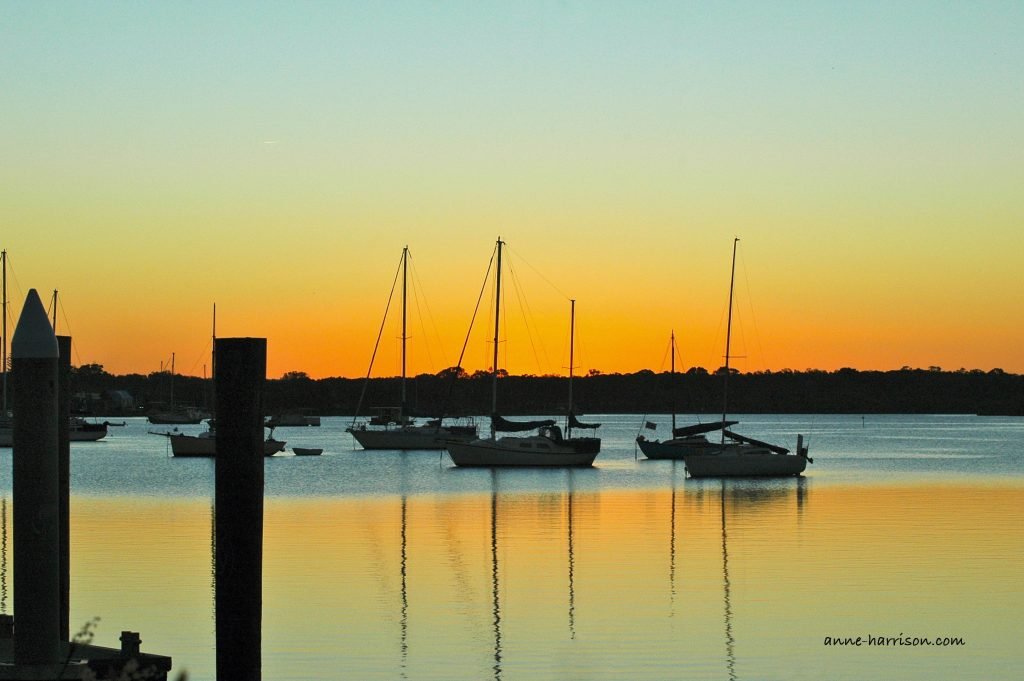



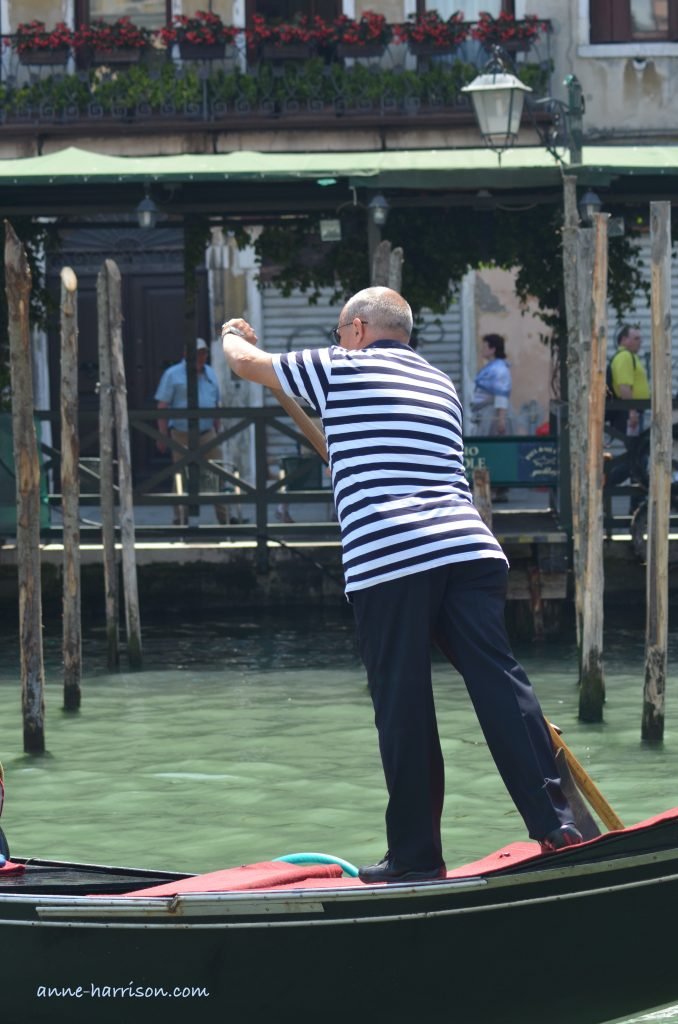


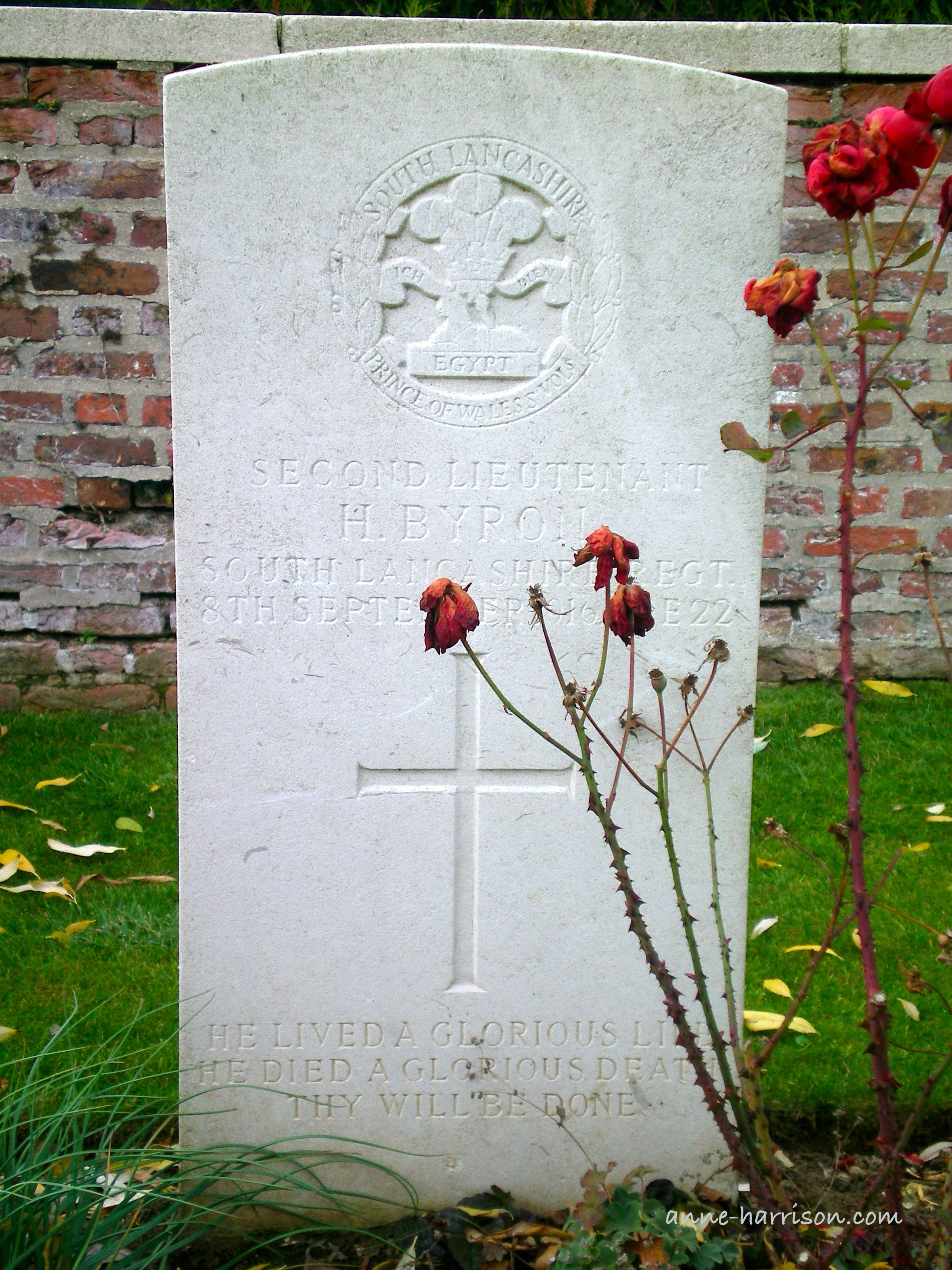



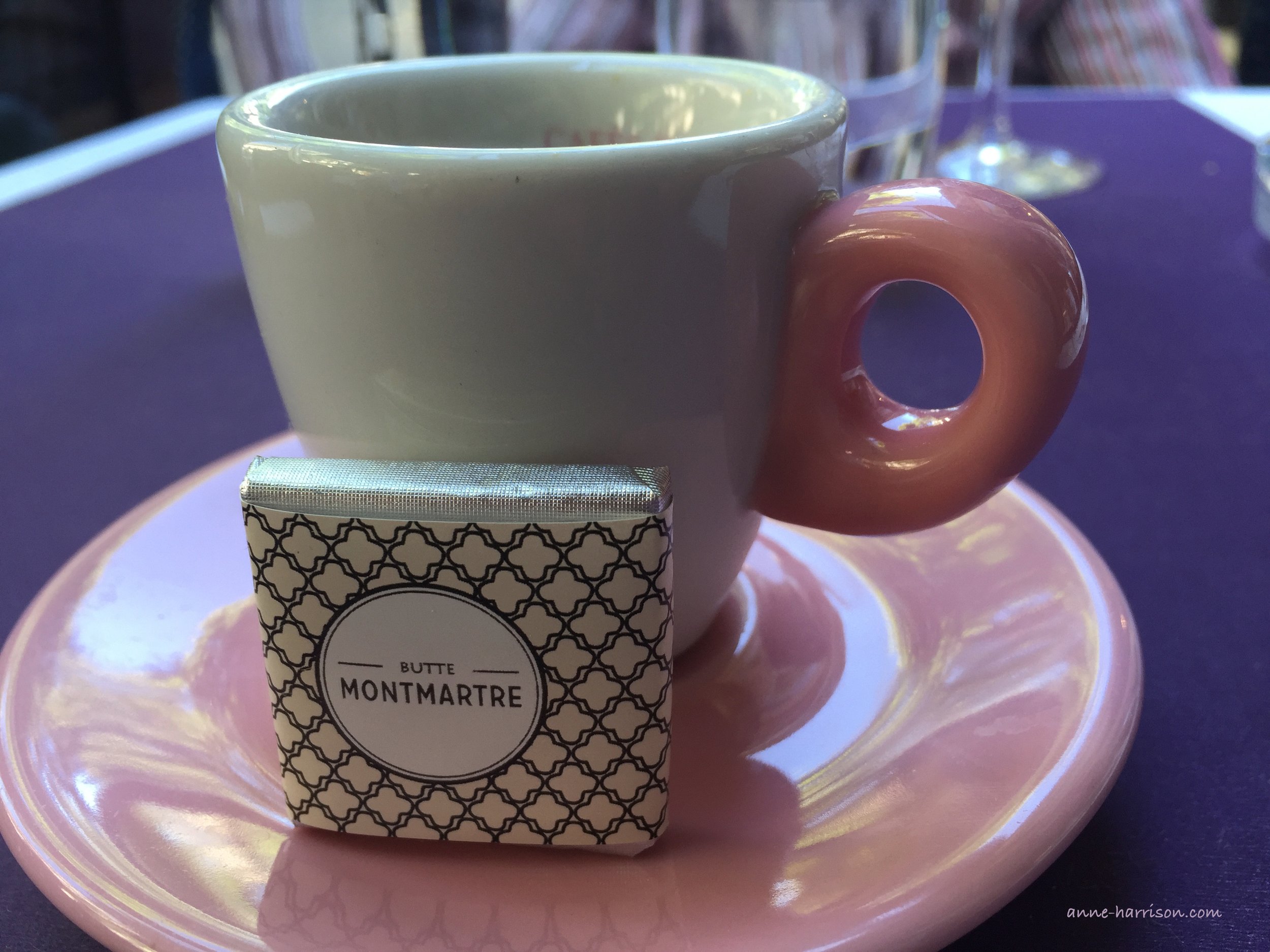
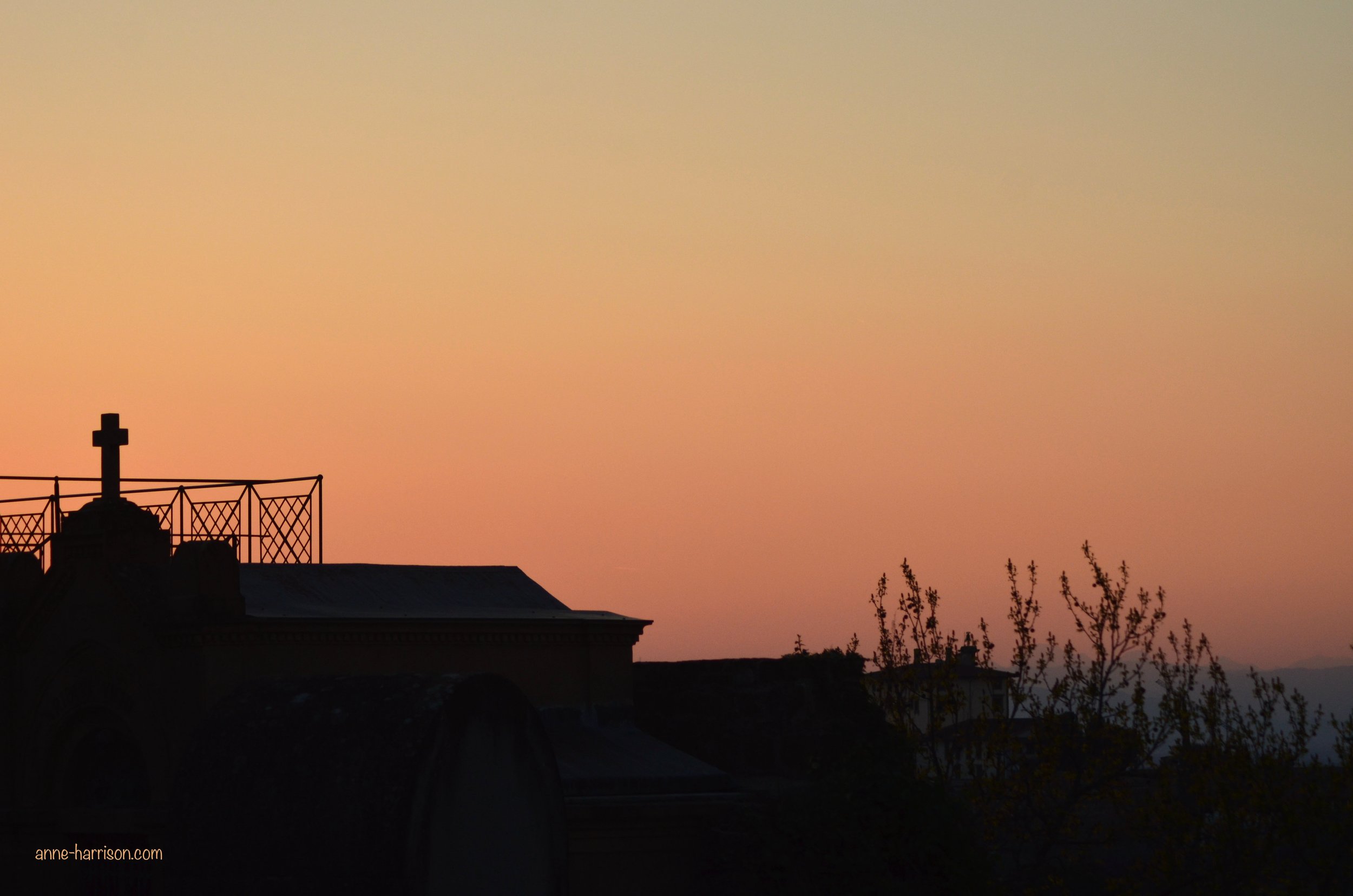
As I muse on how much salt to add to the water when cooking pasta, I manage to contemplate two of my favourite foods: pasta and coffee.